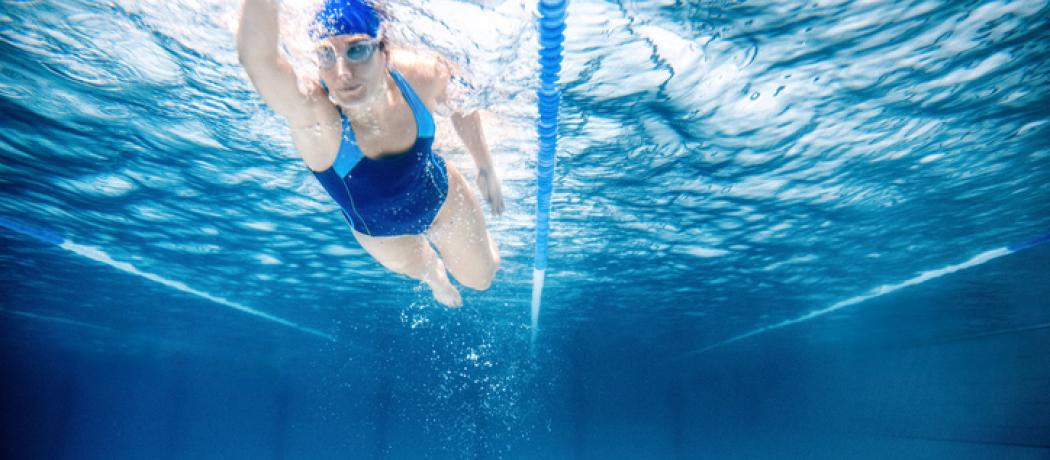I had a great time watching Paris 2024 Olympic events—gymnastics, pole vault, high jump, archery, and swimming. I had to laugh while watching the swimming; at my age of almost 95, I still swim almost daily, but it takes me a leisurely 30 minutes to reach 500 metres. The fine women athletes took less than 4 minutes to swim the 400 metre in their individual medley race.
The Olympics have a long history. The ancient Olympic Games were first held in 776 BC in ancient Greece, in the small community of Olympia. The events took place every 4 years until 394 AD, when the Roman Emperor Theodosius abolished the games to outlaw pagan celebrations. The first modern Olympics took place in 1896 in Athens.
While there were no public athletic competitions in ancient Greece, formalized systems of physical training continued and became more closely aligned to military training. For example, military accounts describe training to throw heavy stones as projectiles to break down doors or gates. Other ballistic exercises included throwing a javelin and even tree trunks. Vertical jumping, jumping while wearing armor, and vaulting onto horseback with a pole were part of the exercise regimen.
In ancient Rome, games and sports were played for fitness, including wrestling, fencing, and archery. In medieval Europe, throwing heavy stones was still a formal exercise. Climbing and marching while carrying heavy weight was also popular. Gymnastics included acrobatics—knights would perform somersaults in full armor. In the Renaissance period, gymnastics, including acrobatics, became popular along with vaulting and swimming. By the 18th century, climbing, balancing on narrow beams, parallel bars, and gymnastic horses were introduced. Then fencing, tennis, cycling, body building, and cricket became popular.
Women’s physical training over the years focused on agility and was generally less intense than what was prescribed for men. It was thought that intense physical training was incompatible with a woman’s menstrual cycle and issues related to fertility. Full-contact games were avoided. However, historical artworks show women in acrobatic poses, running, doing archery, on balance beams, and engaged in calisthenics in a gym environment.
While I enjoyed watching the many Olympic athletic activities, a great feeling of irony dawned on me. At the recent Games, over 10 000 athletes demonstrated excellence at their sports, yet global studies by the World Health Organization (WHO) revealed that as recently as 2022 the prevalence of physical inactivity in the studied populations has increased to over 31%. WHO reports reaffirmed the strong association between physical inactivity and all cause mortality as early as 2008 and recommended scaling up physical activity interventions among those with major mental health conditions, such as depression. However, the WHO recommendations require engagement with nonhealth sectors, including urban planning, transportation, and education. Current studies recognize that more than 80% of the world’s population lives in low-and middle-income countries. Purposeful physical activity might be regarded as one extra thing to do while being occupied with health, social, and economic challenges. A recent editorial in the Lancet focused on these issues and recommends realigning global physical activity–related research: instead of measuring inactivity rates, focus on research into positive outcomes of mission-oriented physical activity programs for health, equity, and well-being. Such a solution-oriented approach worldwide might shorten the path from knowledge generation about inactivity to population impact of activity.
But right now, I am back to my daily swim until the Paralympic Games start!
—Geoge Szasz, CM, MD
Suggested reading
Ding D, Chastin S, Salvo D, et al. Realigning the physical activity research agenda for population health, equity and wellbeing. Lancet 2024;404(10451):411-414.
Wikipedia. History of physical training and fitness. Accessed 13 August 2024. https://en.wikipedia.org/wiki/History_of_physical_training_and_fitness
This post has not been peer reviewed by the BCMJ Editorial Board.
 |
| This work is licensed under a Creative Commons Attribution-NonCommercial-NoDerivatives 4.0 International License. |

